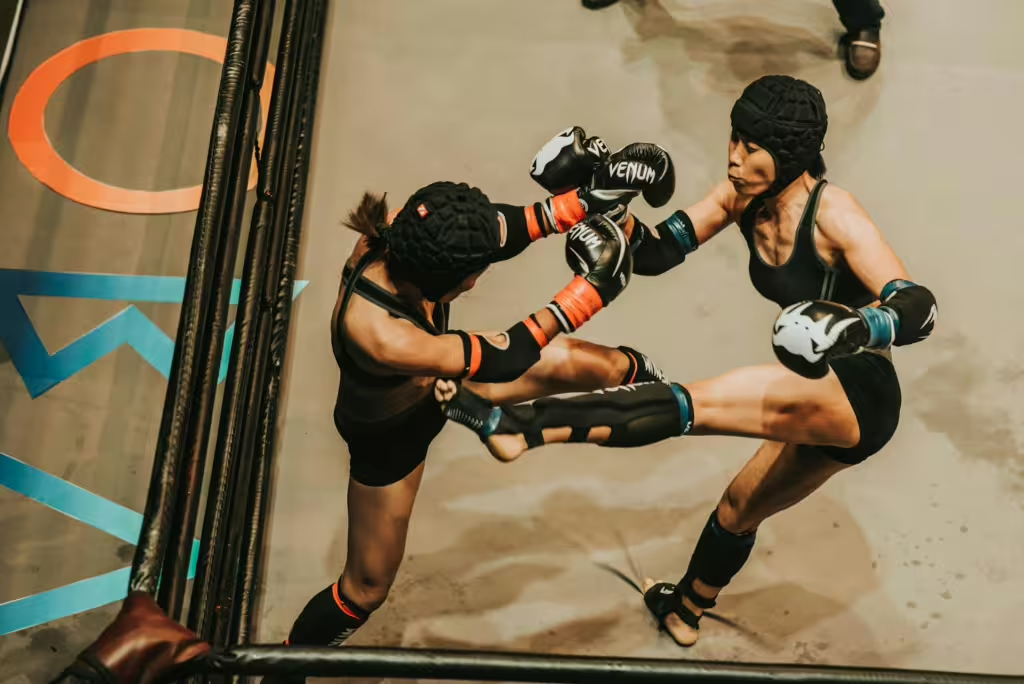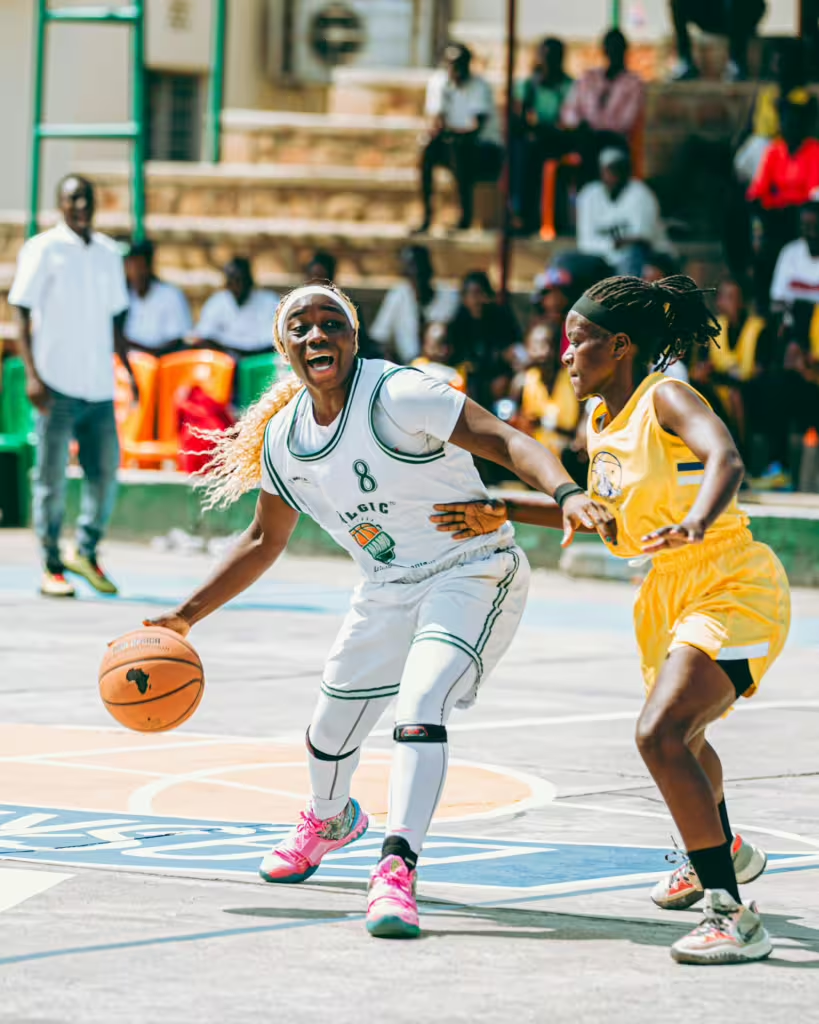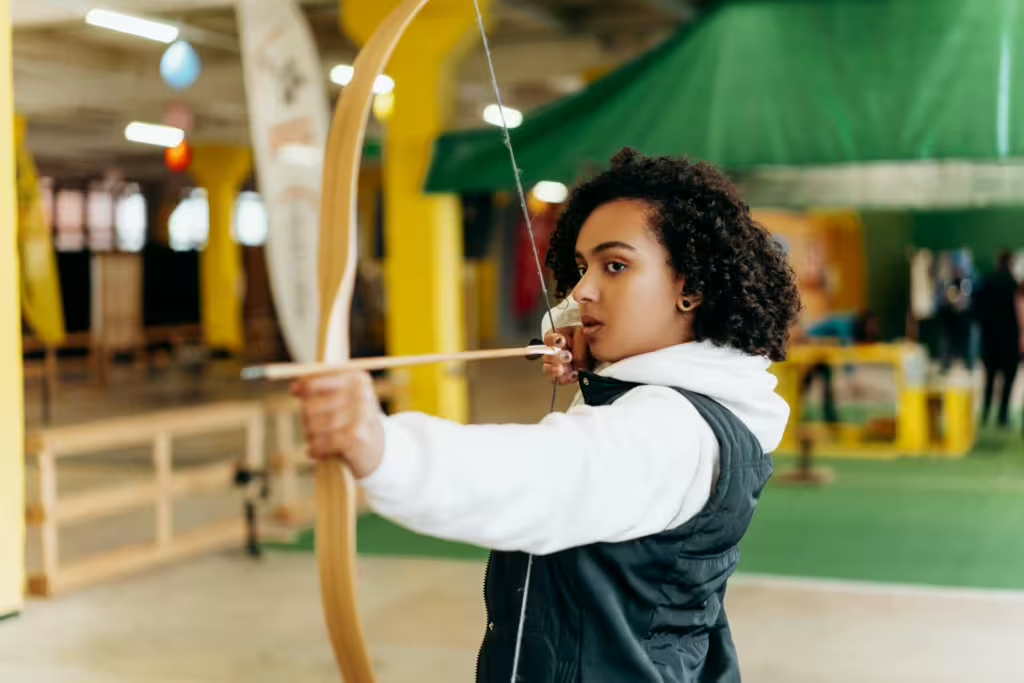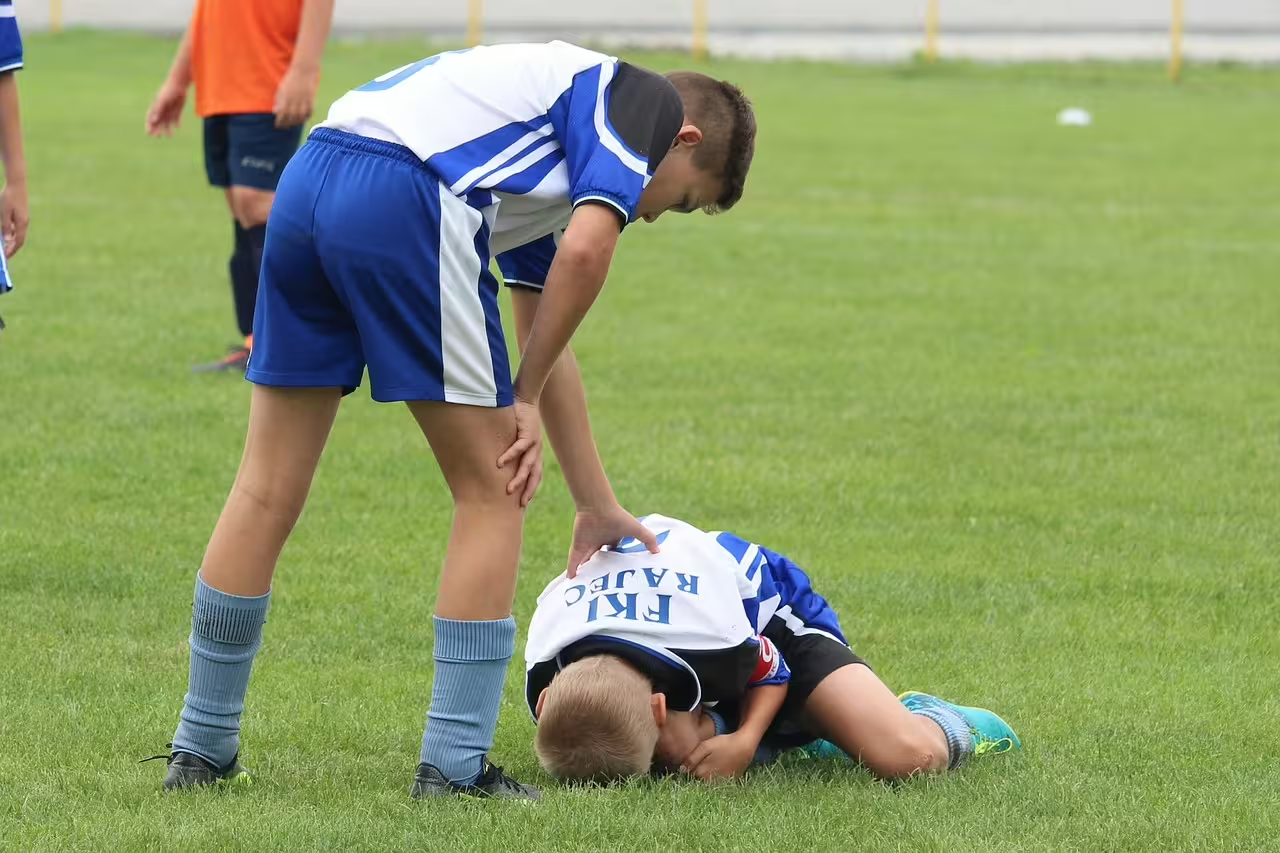Given the current state of professional sports, its hard to believe that there was once a time when women did not have much, if not any, role in the sports world. Whether playing on a neighborhood baseball diamond or standing triumphantly on the top of an Olympic podium, women have since claimed their place atop the athletic pantheon. It took us a while to get there though and the journey that women have undertaken in order to reach their current position has not been an easy one.
Today, women in youth sports are able to bear witness to the journey of progress, perseverance, and passion that has come before then. Trailblazing female athletes have come before and have refused to sit on the sidelines. These days, those same women are protected in their sports careers by their own gumption and actual legislation that simply did not exist a few decades ago.
As parents of young, female athletes, it is important for us to be able to relay the specifics of this long, arduous journey to our children. In doing so, we empower our kids in ways that will help them see their own potential and find their own confidence. In this article, we will offer up a rare glimpse of sports history and give parents the anecdotes they need to inspire their own budding Olympians!
How It Was Before…
Long ago, in the bygone ages before the 1970s, youth sports were dominated by young boys and the occasional tomboy who snuck onto the sandlot. And certainly some girls played informally within their communities, tossing a baseball around or kicking a soccer ball in their backyard; but formal school-based or league-sanctioned opportunities were all-but nonexistent, with a few rare exceptions.
In fact, the very idea of a girl playing baseball or wrestling was unheard of. Such suggestions were met with resistance or outright exclusion by most. Now, there were sports that have always been viewed as more “acceptable” for girls—like figure skating or cheerleading. Yet these sports were considered to be more activity than athletic. At the same time, uniforms were gendered, rules were sometimes altered “for safety,” and resources for allowing females to participate were anything but equal.
Girls who wanted to compete faced barriers like limited access to teams or facilities, social stigma, and a lack of coaches and scholarships. There was no high-level competition path for them, either. But that all changed around a year later…

Where The Game First Changed…
In 1972, Title IX of the Education Amendments was put into place. This landmark legislation in civil rights transformed the landscape of youth and college sports for women. The law states: “No person in the United States shall, on the basis of sex, be excluded from participation in…any education program or activity receiving Federal financial assistance.”
Now, this legislation doesn’t mention sports specifically, but Title IX has been most visible in athletic programs. This is because it requires schools to offer equal opportunities for girls and boys in sports. By 1978, the number of girls playing in high school sports had grown to 2.1 million. That number is around 3.4 million today! As it happens, girls make up around 43% of all high school athletes in the United States! College sports have also been affected, with over 235 thousand female players attending college sports today.
Hurdles Yet to Clear
Despite significant progress and many more girls entering higher and higher levels of sports, challenges still exist. In many underserved communities or certain sports, girls and young women still face obstacles. There are fewer teams, for example and more opportunities for boys in the area. They also have access to fewer resources, practice time, facilities, and qualified coaches. Stereotypes still exist as well and many young women are discouraged from playing or bullied for wanting to do so. The lack of media coverage for many of these sports limits visibility and provides few role models for girls to aspire to be.
Shifting the Narrative
Regardless of these remaining hurdles, the mindset around female athletes has shifted dramatically over the years. Today’s young women are celebrated for their grit, their talent, their athleticism, charisma, and their leadership skills. In essence, they are taught that beauty can be equated to strength and skill, not simply appearance. Girls are not relegated to gymnastics and ice skating either, they can wrestle, play hockey, and even play football. Many schools have even become more inclusive in terms of gender. Parents can help in this by normalizing the idea that beauty lies in one’s athletic abilities just as much as it does their personality and appearance.

Everyone Can Benefit
By now, most longtime readers will understand that participating in sports offers children a host of lifelong benefits. Nevertheless, girls in particular, might find benefit even more. Physical fitness is good for keeping bones strong and staving off osteoporosis. There is less chance of childhood obesity for kids who play sports and more chance that they will develop lifelong good fitness habits. Girls who play sports are less stressed and have better self-esteem. Even losing can help, as it helps enhance a child’s sense of resilience.
At the same time, kids who play youth sports will perform better academically and have better social, analytical, and time management skills. Indeed, for many young women, sports represent a path to empowerment, body positivity, and future success!
Parental Advocacy And It’s Importance
As parents, we are in the perfect position to give our girls what they need to succeed in the youth sports world. Remember, whether you realize it or not, you are your child’s first and most important coach. We may not specialize in technique, but in encouragement, opportunity, and advocacy for our kids.
How to Support Your Daughter in Sports:
Expose Her to Variety Early
It is a good idea to have your child try multiple sports early on. This is a good way to help your child discover which one she enjoys most. Think of it as sampling before you invest in something that is going to be time-consuming, expensive, and will determine if they remain in sports for the rest of their young life.
Model Positive Attitudes
Parents ought to speak positively about female athletes, maybe watch women’s games together and celebrate the strong female role models they see on the field.
Push for Equal Opportunities
If your child’s school or local league doesn’t offer enough options for females, speak up and fight them on it! Not literally, of course. But remember, Title IX still applies, so it’s not unreasonable to advocate for more teams, better facilities, and greater funding for female youth sports.
Be Present and Engaged
You need to be around! Always attend games and practices whenever possible. When you’re there, cheer loudly! Also, whatever her chosen sport is, learn the rules. Show your child that she’s worth your time and your attention.
Female Role Models
Fortunately, we have a host of strong female athletes in the world today that young women can look up to. These amazing athletes inspire women all over the world with their skills and their stories. Some examples of these athletes include:
- Simone Biles (Gymnastics) – Known for her strength, mental health advocacy, and excellence
- Serena Williams (Tennis) – Known for her power, longevity, and breaking racial barriers
- Megan Rapinoe (Soccer) – Known for her leadership, confidence, and social activism
- Katie Ledecky (Swimming) – Known for her work ethic, humility, and dominance in the pool
- Naomi Osaka (Tennis) – Known for her courage in mental health and performance under pressure

Cultured Athlete Says…
As you can see, the evolution of women in youth sports has happened faster than one might expect. These days, the mere presence of female athletes in our media, our television, magazines, and cereal boxes, is a powerful example of how change is possible—and how it often that change begins at home; begins with parents.
We as parents must continue to support our young women, continue to push for equality, and celebrate the athletic abilities of our children. In doing so, we continue to aid a movement that goes far beyond the sports themselves. We are giving our girls the chance to become confident women, healthier people, better friends, and competent leaders. So let your child race to be the best, let her sweat and compete, win and when it happens, lose. Each step along the way will help bring her into her future; one where all people, male or female, can compete how they want.
Discover more from CulturedAthlete
Subscribe to get the latest posts sent to your email.






